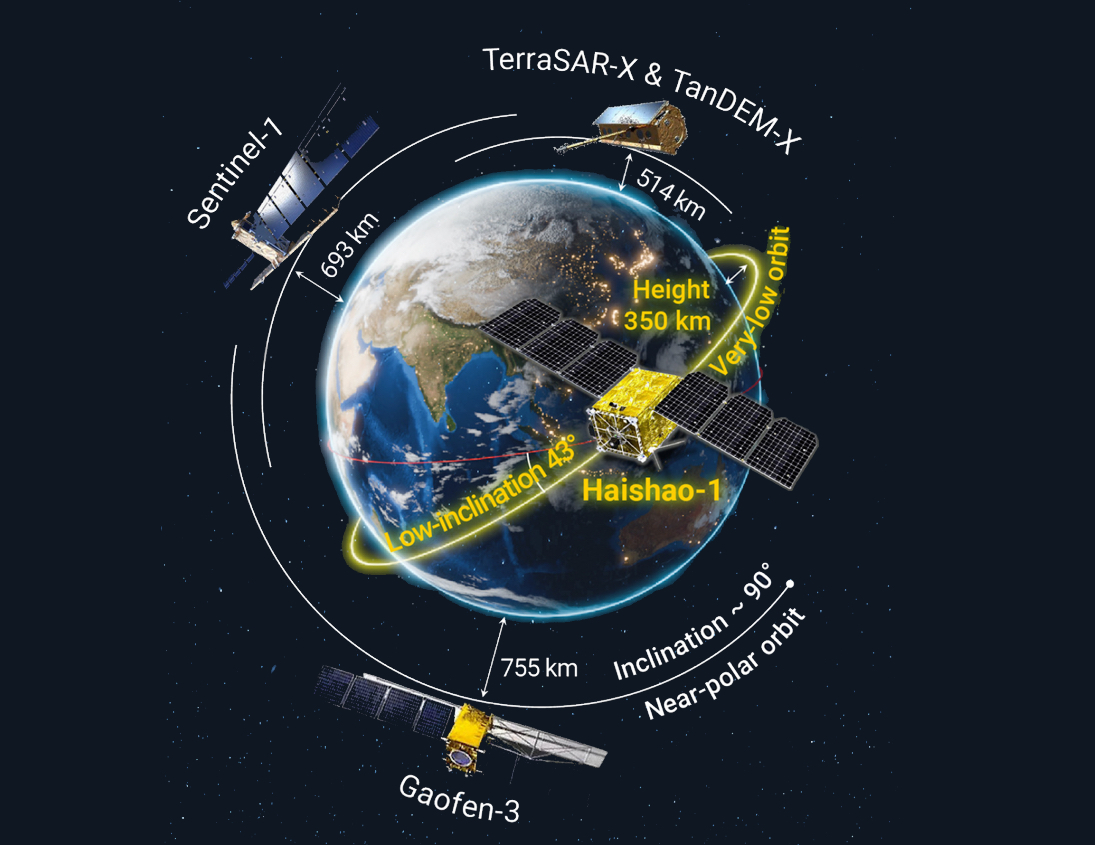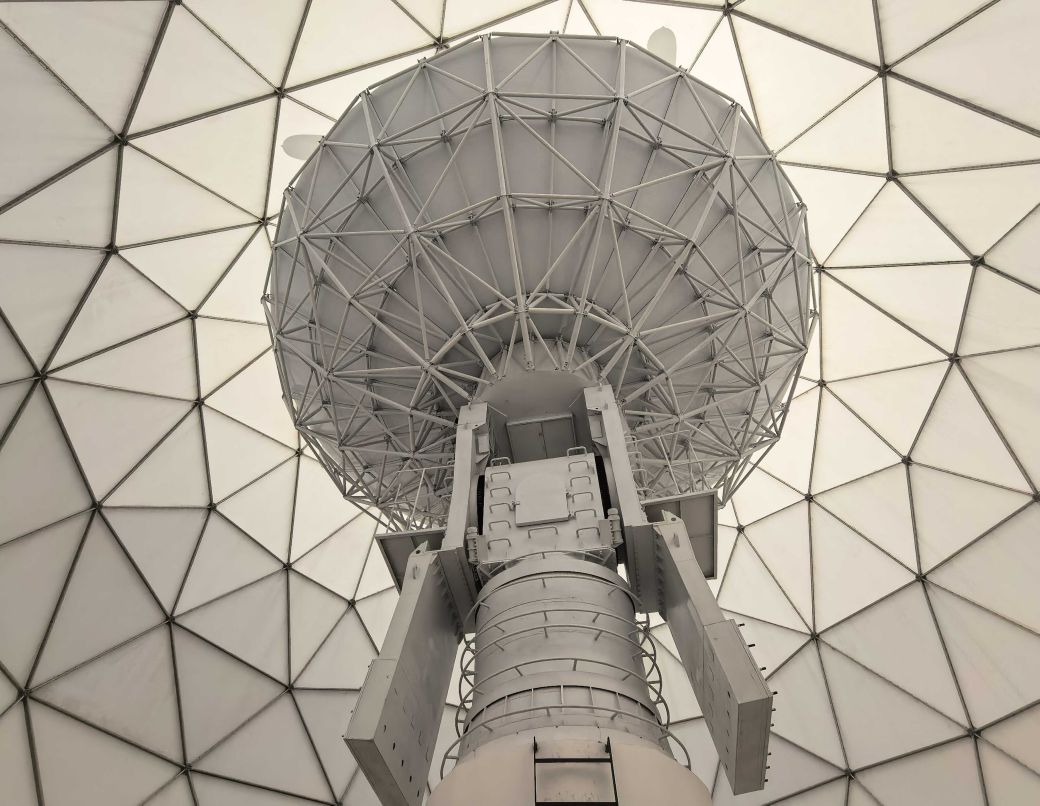-
 Haishao-1 Satellite Ushers in New Era of Low-Latitude Earth Observation
Haishao-1 Satellite Ushers in New Era of Low-Latitude Earth ObservationA new study published in The Innovation on May 12, 2025, highlights the launch of Haishao-1 (HS-1), China's first low-inclination orbit Synthetic Aperture Radar (SAR) satellite—marking a breakthrough in global Earth observation. Developed by the Aerospace Information Research Institute (AIR) of the Chinese Academy of Sciences, in collaboration with the Innovation Academy for Microsatellites and AIRSAT Technology Group, HS-1 combines a lightweight design with high-performance imaging capacities. Uniquely positioned in a low-inclination orbit, the satellite is specifically designed to fill long-standing observational gaps in equatorial and tropical regions—areas that are frequently obscured by clouds and under-observed by conventional polar-orbiting satellites by delivering detailed, frequent radar imagery with remarkable clarity.
June 30, 2025 -
 Scientists Develop High-precision Methods to Monitor Global CO2 Emissions from Power Plants
Scientists Develop High-precision Methods to Monitor Global CO2 Emissions from Power PlantsA research team led by Professor SHI Yusheng from the Aerospace Information Research Institute, Chinese Academy of Sciences has developed a breakthrough solution to this problem. Using enhanced Gaussian plume model and data from NASA's Orbiting Carbon Observatory 3 satellite, the team has achieved high-precision CO2 emission estimates from 14 large coal-fired power plants globally.
June 18, 2025 -
 China Sets New National Record with Breakthrough in Satellite-Ground Communication
China Sets New National Record with Breakthrough in Satellite-Ground CommunicationChina has achieved a major milestone in satellite-ground communication. A joint research team from the Aerospace Information Research Institute (AIR) under the Chinese Academy of Sciences and Beijing Rongwei Technology Co., Ltd. has successfully conducted a ground-based experiment, reaching a single-channel X-band transmission rate of 2,100 Mbps using 128QAM modulation. This marks a 75% increase over previous domestic benchmarks and sets a new national record in satellite-ground data transmission.
June 10, 2025 -
 Chinese Scientists Release High-resolution Rice Map of Africa to Support Global Food Security
Chinese Scientists Release High-resolution Rice Map of Africa to Support Global Food SecurityA research team from the Aerospace Information Research Institute (AIR) of the Chinese Academy of Sciences (CAS) released Africa's first high-resolution rice distribution map at 20-meter resolution. This 2023 dataset, published in Earth System Science Data, marks a significant milestone in agricultural monitoring, providing full coverage of African countries with national-level rice cultivation areas exceeding 5,000 hectares. This study provides a critical data foundation for tracking food security across the continent and globally.
June 10, 2025 -
 AIR Unveils Pioneering Innovations to Boost Shandong's Low-Altitude Economy
AIR Unveils Pioneering Innovations to Boost Shandong's Low-Altitude EconomyThe Aerospace Information Research Institute(AIR)of the Chinese Academy of Sciences unveiled four pioneering technological achievements in city Jinan, Shandong Province, China on April 19, 2025. These breakthroughs aim to accelerate Shandong's leadership in the rapidly evolving low-altitude economy—a sector set to transform industries such as drone logistics, emergency response, and urban air mobility through safe and efficient use of airspace below 3000 meters.
April 25, 2025 -
 New Model Tracks Agricultural Impact on Lake Ecosystems
New Model Tracks Agricultural Impact on Lake EcosystemsA recent study has unveiled an innovative data-driven model that disentangles human-induced and natural water consumption in croplands, shedding new light on the sustainability of arid lake ecosystems. By harnessing the power of remote sensing and machine learning, the research quantifies the impact of agricultural expansion on water resources, offering a crucial blueprint for balancing irrigation demands with environmental conservation. This innovation provides policymakers and conservationists with a powerful tool to mitigate water scarcity and prevent the disappearance of critical freshwater lakes.
May 22, 2025


